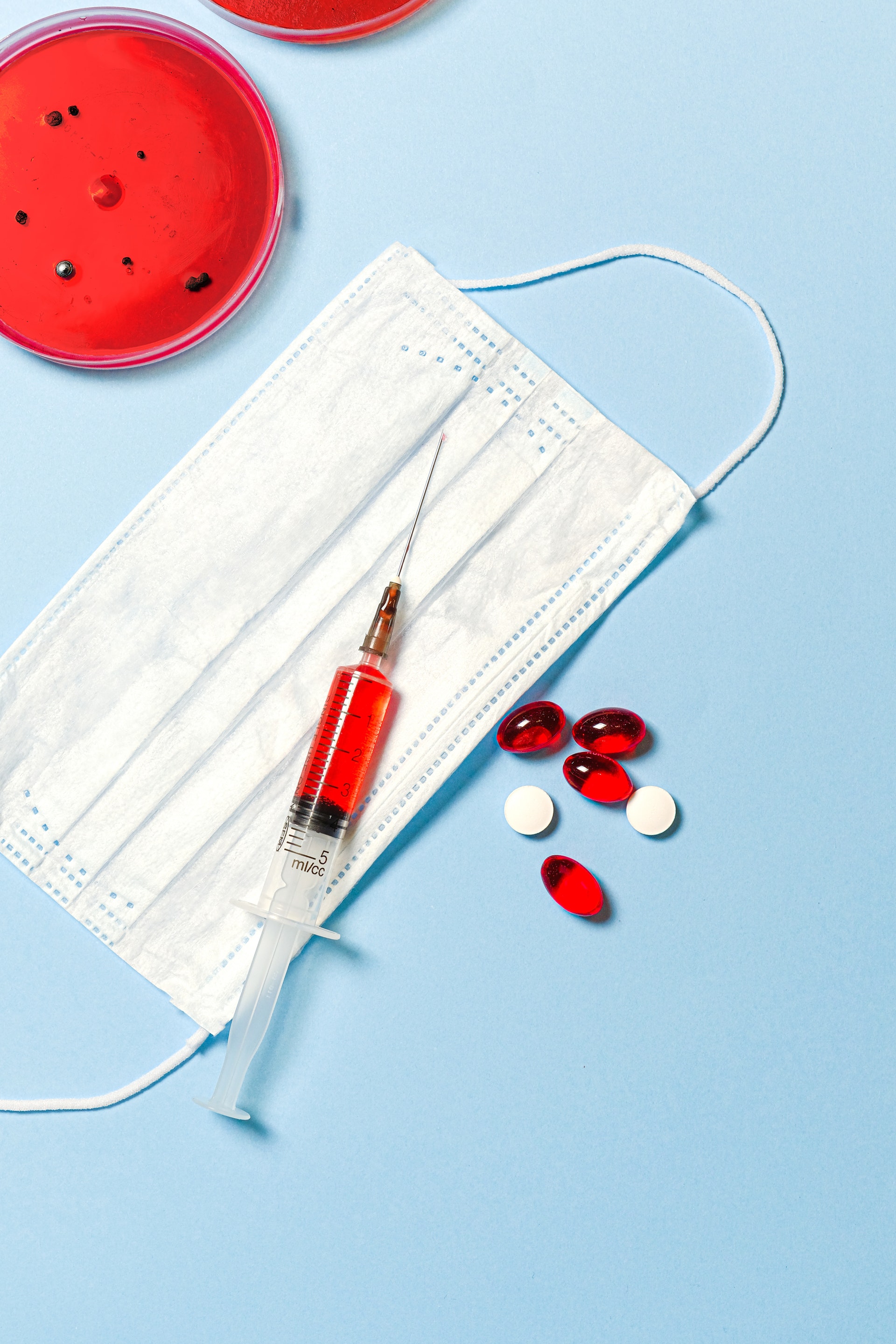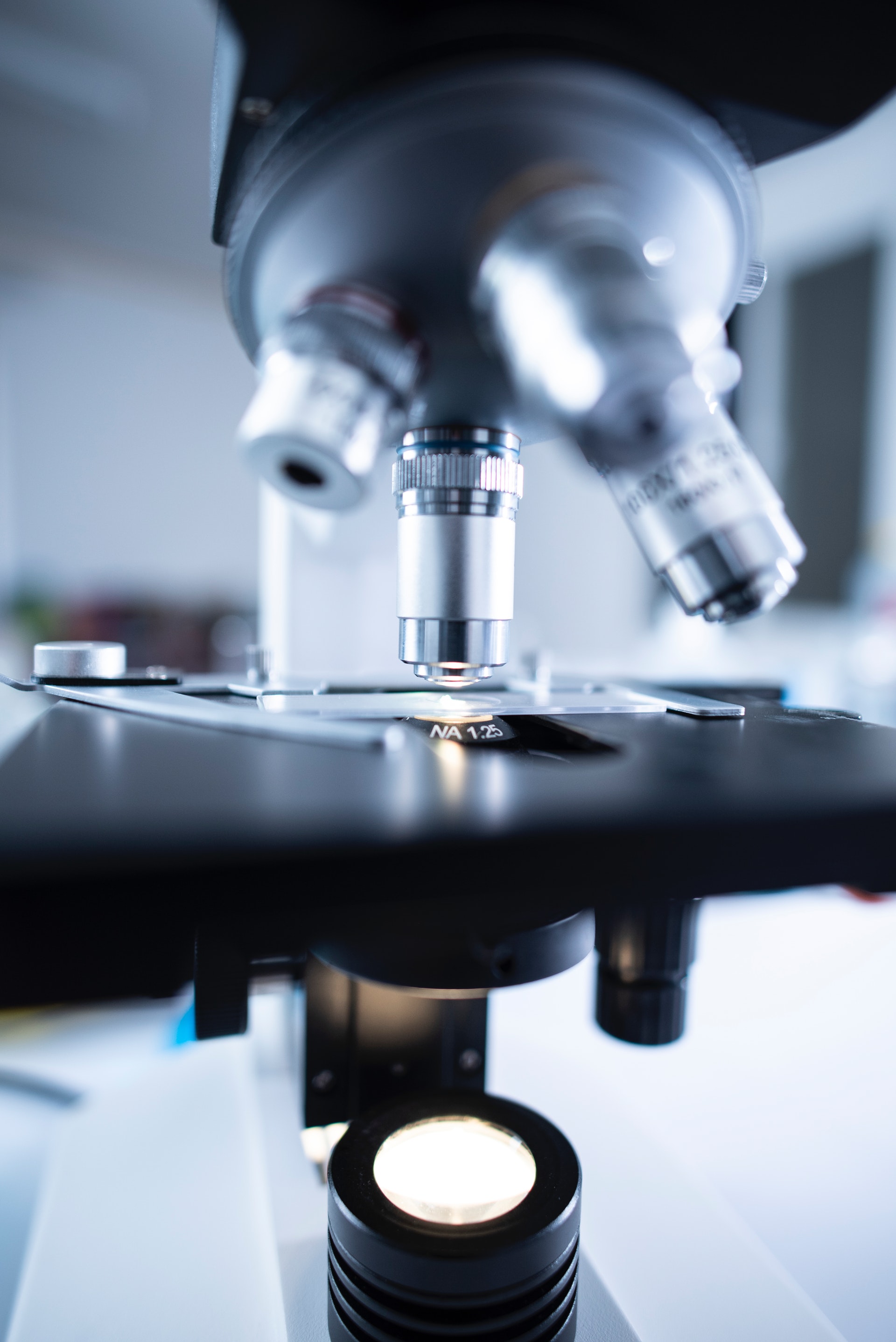How we developed Tedimin
Why test drugs?

Drugs need to be tested, to avoid unwanted side effects. We need to make sure the drug doesn’t cause any other unwanted problems.
They need to be tested and trialled before doctors prescribe them and patients take them. Drugs checked for:
Safety
This is important as some drugs are toxic, and have other side effects that might be harmful to people.
Effectiveness
This is also known as efficacy, and checks how well the drug cures the disease, or improves symptoms.
Dosage
This varies, and has to be closely controlled, as too high a concentration might be toxic.
The first step is always discorvery. When a new pathogen comes around doctors and labs collect samples of the pathogen from people who were affected. They will them look at how it spreads and what part of the body it affects
For us, we got a group of people in chairs and watched their brain activity as they got more bored.
Research
During pre-clinical research there are two types of tests. In vitro and In vivo. In vitro is a test for effects on cells in a test tube. In vivo is testing the effect on cells within an organism. During Pre-Clinical research drugs are also trested using computer models.
Clinical research is medical research involving people. There are two types, observational studies and clinical trials.
Observational studies observe people in normal conditions. Researchers gather information, about changes over time and cognitive health. This is done though tests and questionnaries.
In clinical research, drugs that passed pre-clinical trials are tested on animals. We will then monitor the organism. If they pass the drugs are tested in a hospital in healthy volunteers; from where we start to work out a suitable dose. We start on a low dosage and progess upwards. This is a human clinical trial.

Stages of a clinical trial.
A Phase I trial tests an experimental treatment on a small group of often healthy people (20 to 80) to judge its safety and side effects and to find the correct drug dosage.
A Phase II trial uses more people (100 to 300). The emphasis in Phase II is on effectiveness. It aims to obtain data on whether the drug works in people who have a certain disease or condition.
A Phase III trial gathers more information about safety and effectiveness, studying different populations and different dosages, using the drug in combination with other drugs.
A Phase IV trial takes place after the FDA approves their use. The effectiveness and safety are monitored in large, diverse populations. Sometimes, the side effects of a drug may not become clear until more people have taken it over a longer period of time.
Validation
All drugs that pass trials are sent to the FDA (Food and drug administration) and the NDA (New drug application) Drug review - the drugs are sent to be approved at other testing facilities like universities and other labs. Once approved the labels are created for the packaging and a suitable dose it added.
Finally Post Marketing Drug Safety Monitoring takes place. The NDA approved drugs are sent to pharmacies, the scientists then closely monitor the effect on patients.